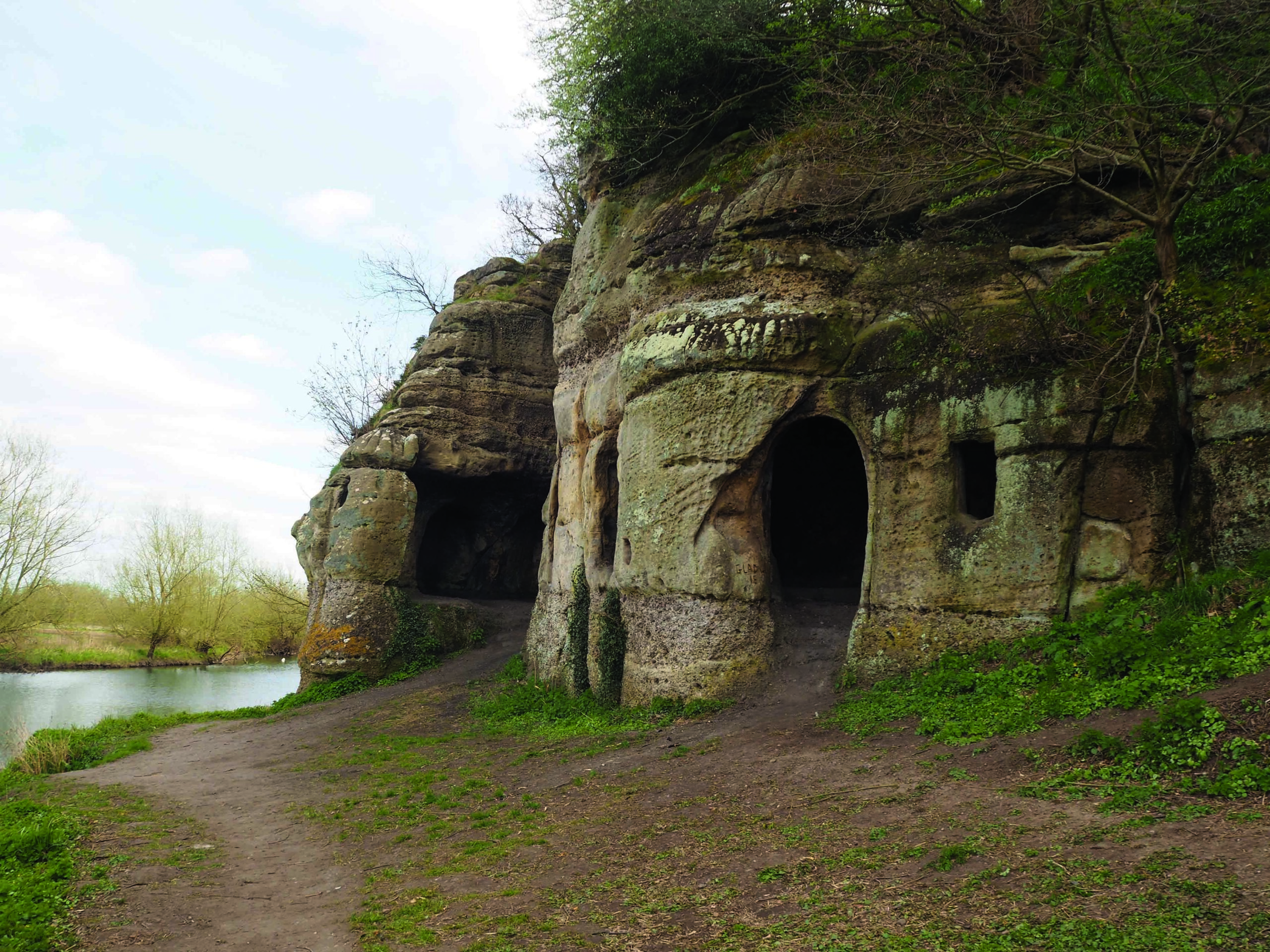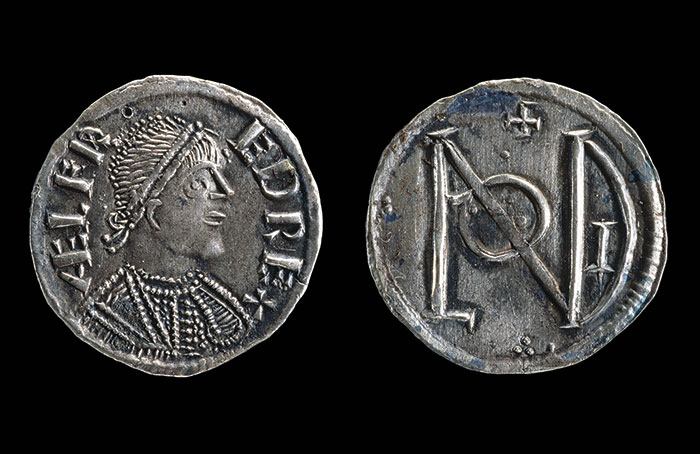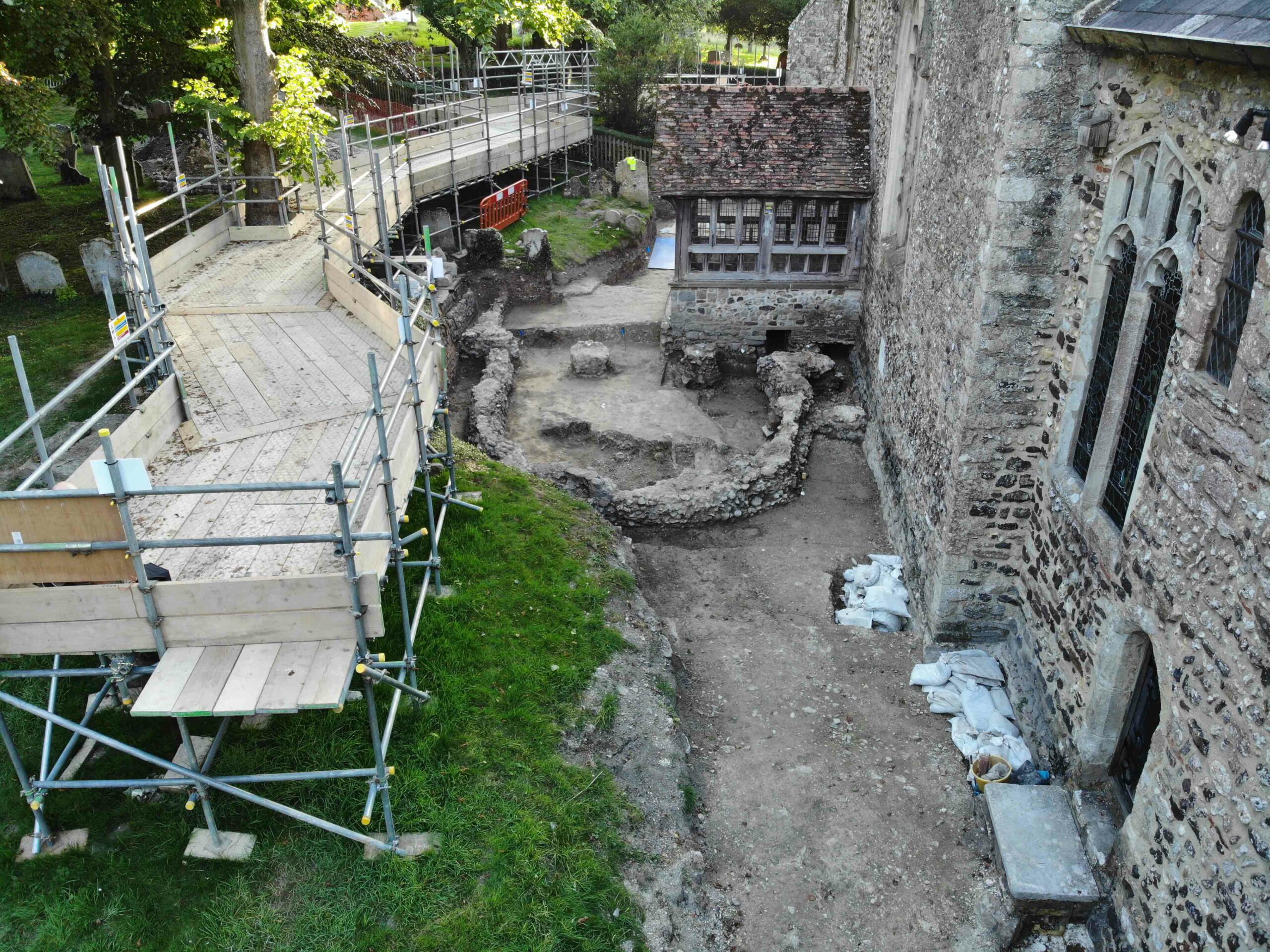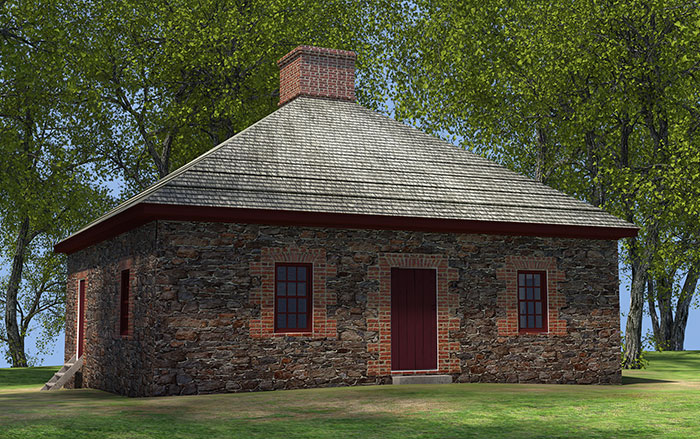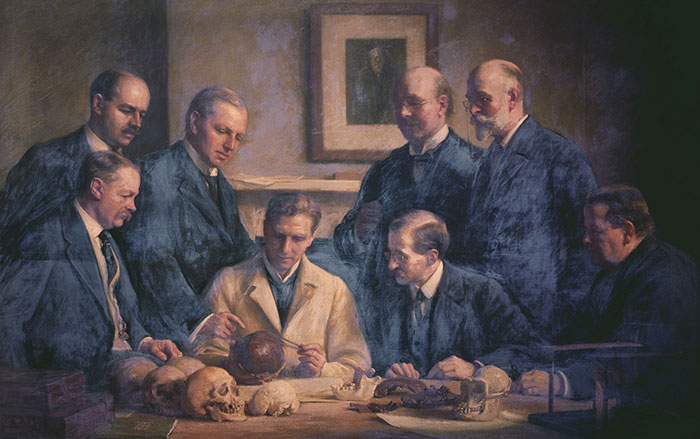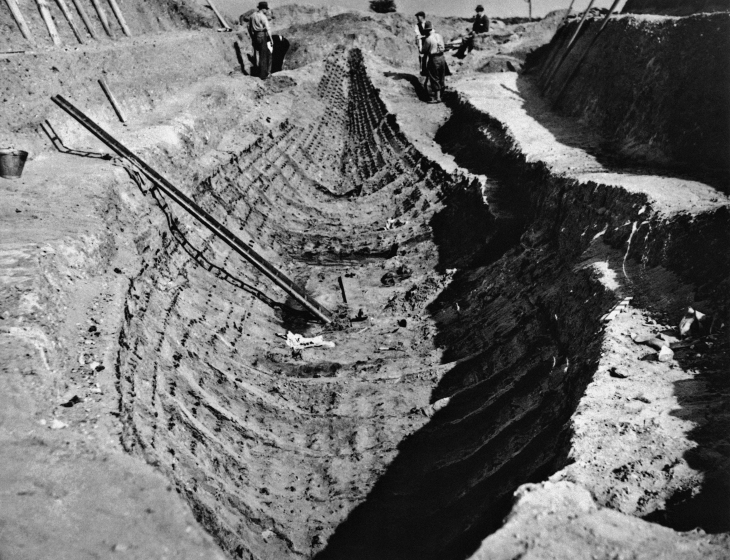
ABERDEEN, SCOTLAND—BBC News reports that a team of scientists from the British Museum and the University of Aberdeen analyzed lumps of organic material found in the boat burial at Sutton Hoo. Excavated in 1939 in an Anglo-Saxon cemetery in the East of England, the lavish, seventh-century boat burial contained a ceremonial helmet, a shield and sword, and gold and gemstone dress fittings. It had been thought that the lumps were pine tar, which is made from trees and can be used for boat maintenance. The study revealed, however, that the lumps are bitumen, a petroleum product. Chemical fossils within the samples “show this material comes from the Dead Sea family of bitumens, perhaps sourced in Syria,” explained Stephen Bowden of the University of Aberdeen. The bitumen pieces were probably obtained through the extensive Anglo-Saxon trade network, and may have been part of another object that has not survived. For more on archaeology of the Anglo-Saxon period, go to “The Kings of Kent.”


